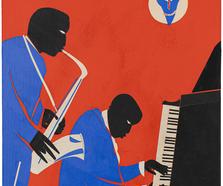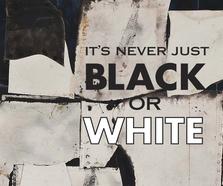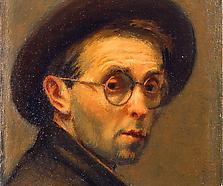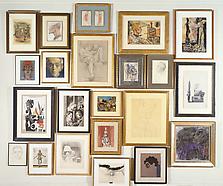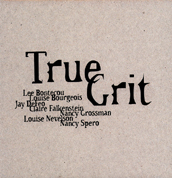“Light and shade are in the universe, but the cube transcends and translates nature into a sculpture; the cube gave me the key to my stability.” *
Born Louise Berliawsky in Kiev, Russia, Louise Nevelson emigrated to Rockland, Maine with her family at the age of six. In 1920, she married Charles Nevelson and moved to New York City. In 1924, shortly after the birth of their son, Charles Nevelson moved the family to Mount Vernon, New York. Inspired by an exhibition of Japanese kimonos at the Metropolitan Museum of Art, Nevelson enrolled at the Art Students League in 1929 and studied with Kenneth Hayes Miller and Kimon Nicholaides. She also began to feel constrained by the expectations of a middle class domestic life. In 1931, she left Charles, took her son to relatives in Rockland, and traveled to Munich in order to study with Hans Hofmann, who would become a key figure in the abstract expressionist movement in the United States. After her time in Munich, which was marred by the growing power of the Nazi party, Nevelson departed for Paris before returning home in 1932 and settling in New York.
During the 1930s, Nevelson worked briefly as an assistant for Diego Rivera, and she also taught at the Educational Alliance School of Art under the auspices of the Works Progress Administration (WPA). She began to explore sculpture as a medium, studying with Chaim Gross at the Educational Alliance, and in 1935, her work was included in an exhibition at the Brooklyn Museum. Her first solo show was held in 1941 at the Nierendorf Gallery, and that same year, inspired by Joseph Cornell’s poetic collage-boxes and the European surrealists exiled in New York, Nevelson began to incorporate found wooden objects in her assemblages. To Nevelson, wood was immediate, alive, and the only material she could communicate with spontaneously. Her first environment The Circus, The Clown is the Center of His World (1943) was shown at the Norlyst Gallery in 1944, and in subsequent years she exhibited actively at Martha Jackson and Pace galleries. Nevelson studied printmaking with Stanley William Hayter at his workshop, Atelier 17, where she met and befriended Dorothy Dehner. A late 1940s trip to Mexico introduced her to Mayan and Aztec art. Influenced by this work as well as African art and folk weavings and fabrics of all kinds, Nevelson broke through to a new kind of work that was entirely her own.





